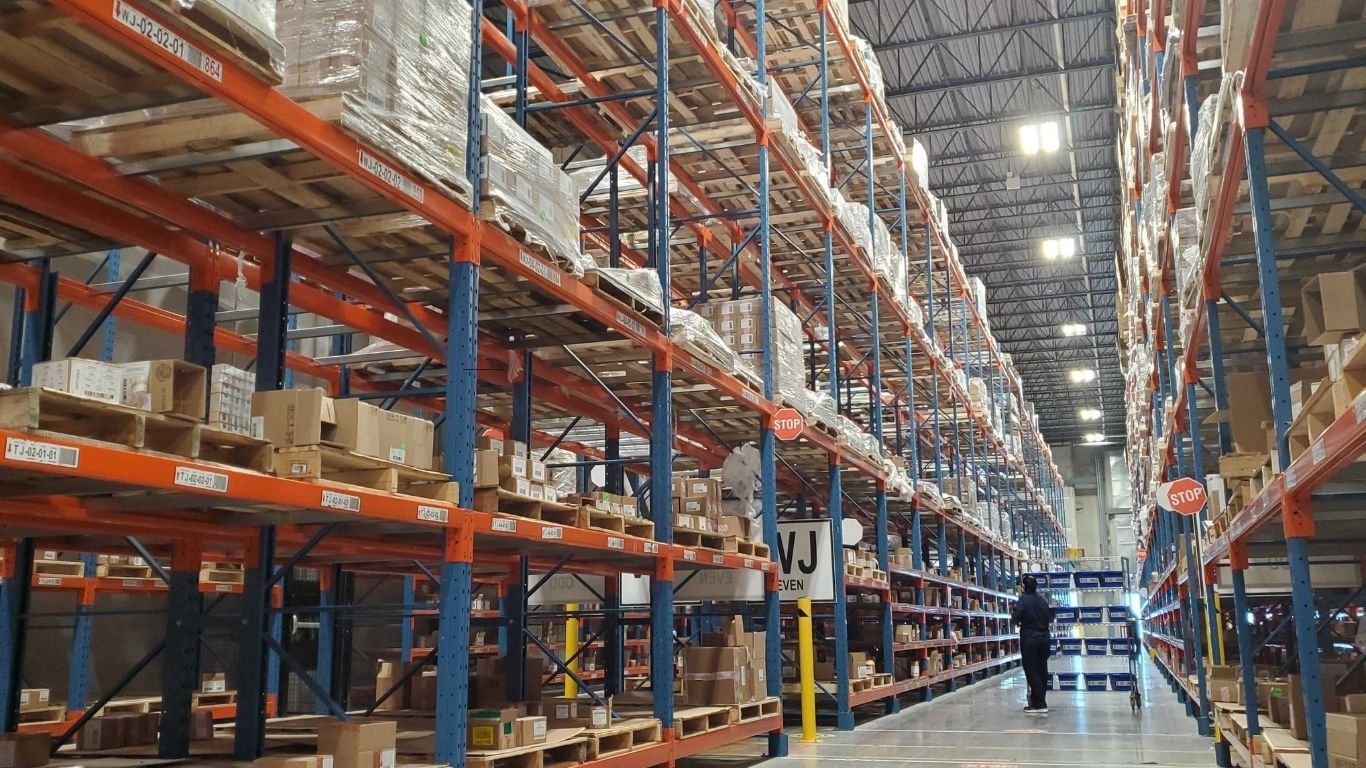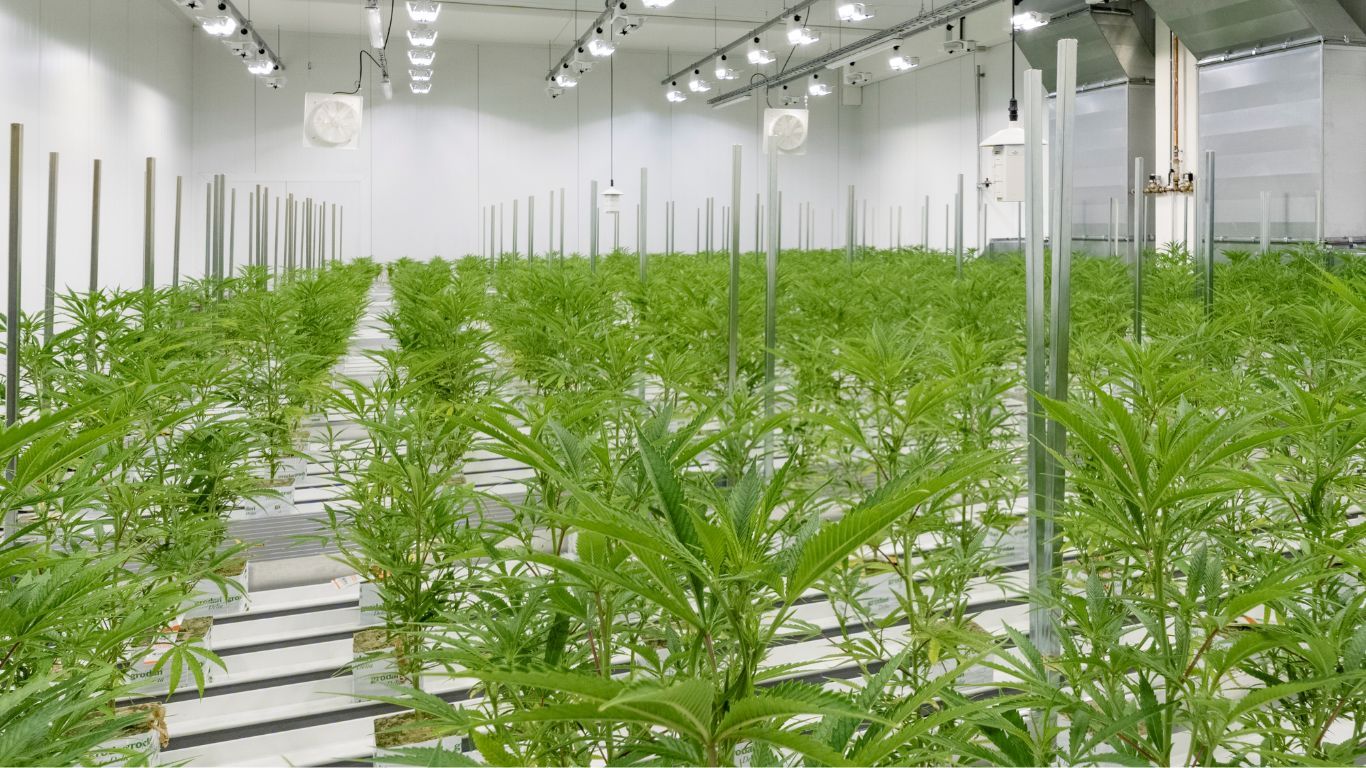
Cannabis retailers in BC and Ontario are finally starting to dig themselves out from the shutdown of those provinces’ centralized delivery systems.
After a cyber-attack that shut down Ontario’s cannabis warehouse and distribution system at the beginning of August, followed by a strike action in BC beginning on August 15 that shut down that province’s cannabis warehouse and distribution system, cannabis stores say they are beginning to receive orders that are allowing them to restock shelves again.
Both provinces saw all orders to and from their distribution centres shut down for about two weeks, meaning retailers were receiving little to no supply to restock shelves. This led to some stores in both provinces having to reduce hours or even temporarily shut their doors as they could no longer meet consumer demands.
But even as those shipments have started back up again, and things begin to return to normal, some retailers say it will be weeks or even months before they have fully recovered.
We had momentum, but now we have to see if we can regain that momentum, so even once we are fully stocked, it could take months before we’ve won back all our customers.
Grant Pang, La Canapa Boutique
Jennawae Cavion, co-owner of Calyx + Trichomes Cannabis in Kingston, Ontario says she expects it won’t be until the end of the year, at the earliest, before she is fully recovered and her shelves fully replenished.
Although she has now received three full shipments since Ontario’s delivery system reopened in mid-August, it’s been difficult to order enough product to backfill everything they sold out of in the first two weeks of August.
The challenge hasn’t just been getting new orders coming in to replenish her supply and restock shelves, but also that this means much larger orders that she has to find ways to pay for.
“We were completely depleted,” explains Cavion. “The last three orders were really big, about double what we would normally order. I’m hoping by December that it will be back to where it’s supposed to be. But that’s the best case scenario.”
“It’s a lot of money,” she continues. “The profit margins aren’t as high as I would like and we need our weekly sales to help pay for next week’s orders, so this means dipping into our savings to pay for shipments that are much larger than normal, just to bring us back to a place where we are back to where we were before all this happened.”
In British Columbia, Grant Pang, manager at La Canapa Boutique with three locations in the Greater Vancouver area, says he sees a similar timeline for their three stores fully recovering from the two-plus week shutdown they faced in regard to deliveries from BCs centralized cannabis warehouse managed by BC’s Liquor Distribution Branch (LDB).
“It did hurt us quite a bit, but if everything goes well we should be able to recover in the next few months,” he says.
Although he thinks they will be close to fully stocked in the next few weeks, he expects it will take several more months to fully regain consumers’ confidence, and that some customers could be lost forever.
I’m not saying we need to dismantle these government agencies. I just think we need to look at these issues and ask, as an industry, how we can build more resilient supply chains moving forward.
Mandesh Dosanjh, Pure Sunfarms
“We had momentum, but now we have to see if we can regain that momentum, so even once we are fully stocked, it could take months before we’ve won back all our customers.”
One irony, notes Pang, is that he thinks their sales may have actually increased during the strike as customers were making larger purchases out of concerns of a shortage.
“Shutting down (the location at Main and 10th) was all the factors together. We weren’t getting new orders. But if no one had been panic buying we probably wouldn’t have needed to close our doors. It would have been really tight, we still would have been out of a lot of products, but we might not have needed to close.”
Not only were his own customers making larger purchases, but he says he witnessed customers on multiple occasions calling friends and telling them their store had certain products in stock that other stores were sold out of.
Another challenge La Canapa and other stores are facing, explains Pang, is that while they have now received one full order (on September 12) since the strike began that allowed them to reopen their temporarily closed location and replenish their two other stores, the LDB’s order schedule has not been consistent.
“What made it really hard was there were two delays in orders. Every time it got delayed, it was hard for us to recover. They would tell us if we order at a certain time we would get an order on a certain date, then they would call us the next day and say the date changed and they don’t know when it will come.”
Ehren Richardson, co-owner of Sunrise Cannabis in Vancouver, says he has faced similar challenges trying to get the LDB to commit to specific dates and times for deliveries since the distribution centre opened back up at the end of August.
Where Richardson’s store had previously had consistent weekly deliveries, they went an entire month without a delivery, from mid-August to mid-September, and their first post-strike delivery had been delayed for several delays before he received a late-night, last-minute notice of a delivery scheduled for the next day.
This issue, he explains, did not begin with the strike, but was exacerbated by it.
“There’s so much disorganization,” says Richardson. “I’m not just talking post-strike. I’m talking pre-strike, ever since the LDB has been operating in the cannabis vertical. They have zero quality control. They make retailers jump through so many hoops, and all of this equates to a greater administrative staff, but not better services.”
Although he didn’t have to close Sunrise Cannabis during the strike, he says he had to reduce staff hours and is concerned he may have lost customers, perhaps permanently.
We basically had nothing on our shelves,” explains Richardson. “We had a few vape carts, we had maybe 3 (SKUs of) eighths, we had no pre-rolls, which is pretty much the most popular product, no other flower other than that. No quarters, no ounces, no halves, nothing.”
He says he also feels like the provincially-run BC Cannabis stores fared better because they were better prepared—a sentiment shared by many retailers.
“When a customer comes in multiple times and sees empty shelves, and then they go to the BC cannabis store and they see full shelves, will we get that customer back? If they live around the corner, likely. If they live somewhere else, maybe not. So there’s an opportunity cost that’s been suffered, and that’s what I’ve tried to explain to the BC LDB. How do we get those customers back?”
Shutdowns impact cannabis producers, too
Mandesh Dosanjh, the President & CEO Pure Sunfarms, located in Delta BC, and the President of the Cannabis Cultivators of British Columbia, points out that the issues facing BC and Ontario aren’t just impacting retailers. Producers were also unable to ship products to these provinces while their distribution centres were closed.
The inability of the BC government to have contingency plans in place for when the distribution centre closes is a flaw he places directly at the feet of the elected government.
“I can’t believe that this government in BC—I’m not going to blame the LDB because it’s the government who’s the owner of this—didn’t bother to develop a contingency plan for something like this.”
Noting that the BC government did have a hastily-launched direct delivery program on the same day as the strike began, he says there should be systems like that in place not just for small-scale producers, but for all producers, in instances like this where the centralized distribution system runs into problems.
“I’m not saying we need to dismantle these government agencies,” says Dosanjh. “I just think we need to look at these issues and ask, as an industry, how we can build more resilient supply chains moving forward.
“I think the LDB has done great work, this is about the NDP government and making sure they’re thinking about this in the right way and creating a business model that continues to meet their objective for public safety, economic impact, and generating government revenues, while also allowing the industry to succeed. And all these objectives are tied together.”













